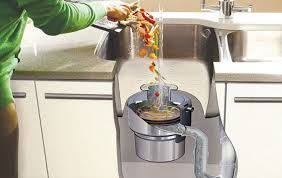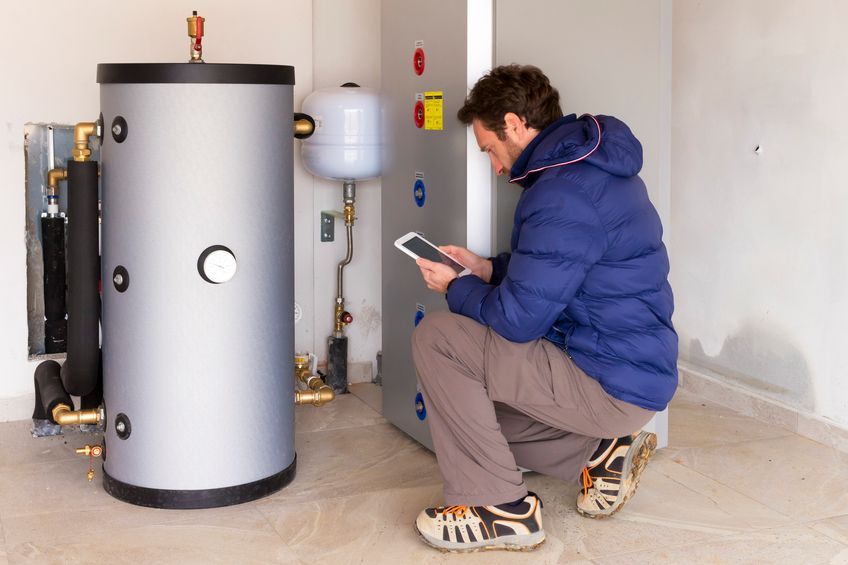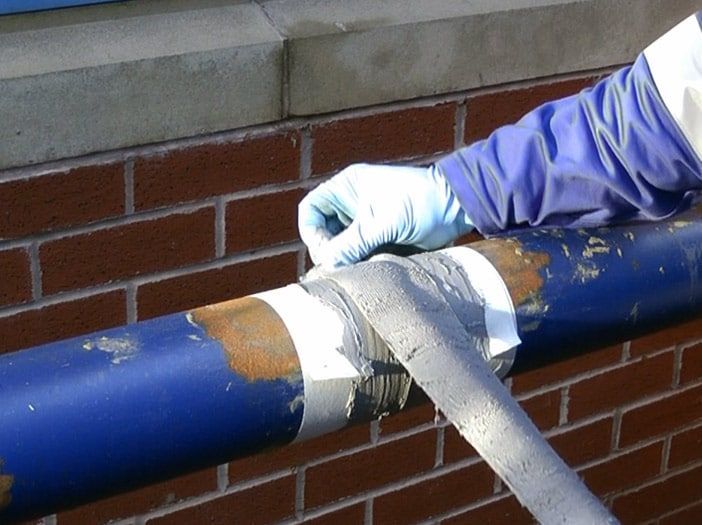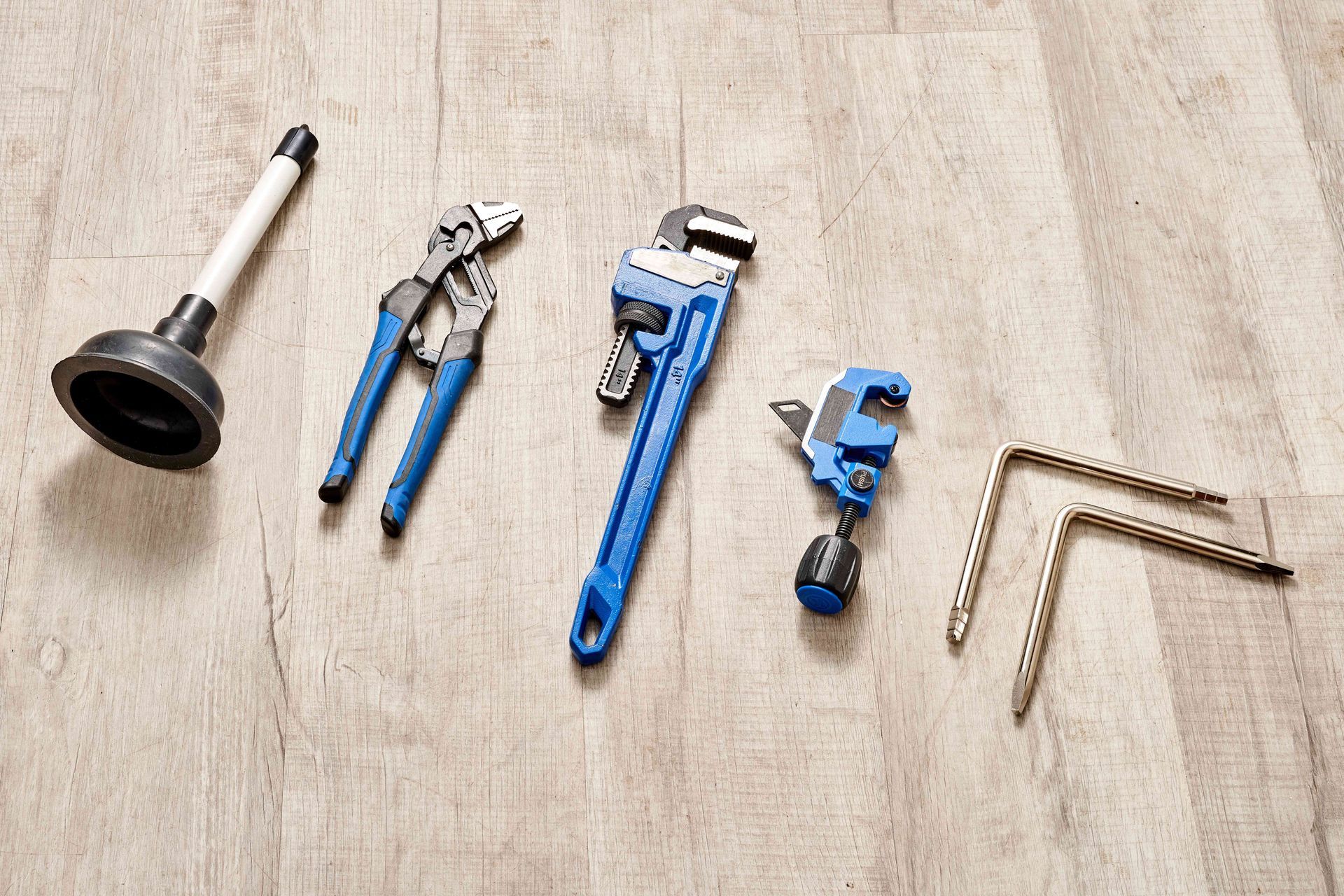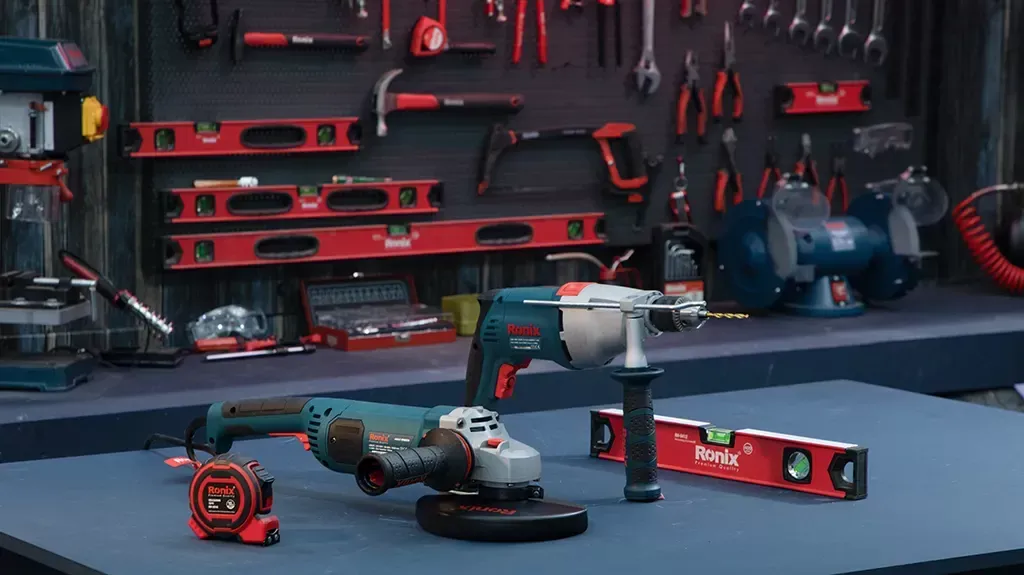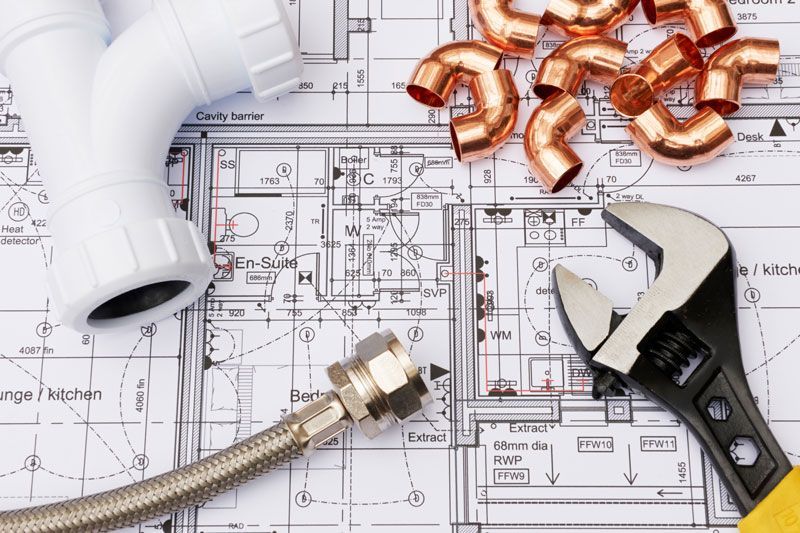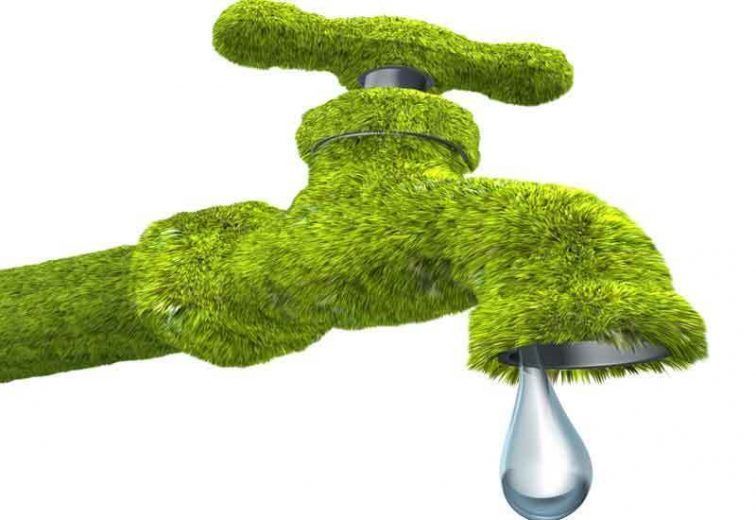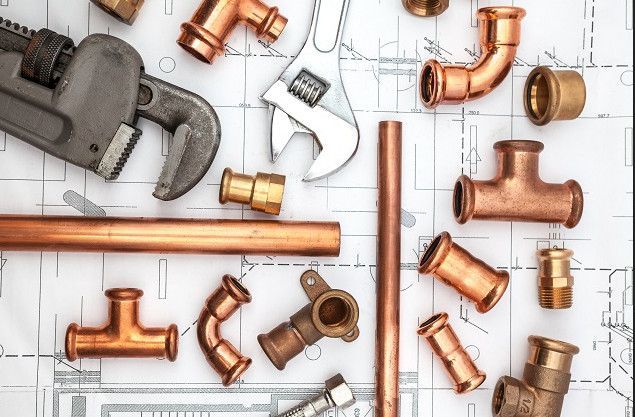Five Most Common Faults In Plumbing And Ways To Fix Them
Five Most Common Faults In Plumbing And Ways To Fix Them

Plumbing Failures: No One is 100% insured
It is no secret that both residential, rental, and business properties and plumbing systems are prone to damages caused by water or gas leakages, clogs, or any other contributing factors. To handle the issue most efficiently, you should first identify and classify it right – define the type of system and piping, locate the source of the damage, and consider a range of outer conditions. Do not worry too soon, though – most household repair jobs, including upgrading plumbing fixtures and tools, can be performed with no outer help but dexterity and proper knowledge. Anyway, it is always better to keep these issues from happening.
Today, we’re going to discuss the most frequent yet still very disturbing plumbing fails and faults and learn how to prevent them.
1. Connecting Dissimilar Metals
This specific issue is directly linked to the notorious metal corrosion. Although the causes of galvanic corrosion are well-known and discussed in the plumbing industry and some types of metal joints are forbidden by plumbing regulations, such a still takes place being a major cause of the corrosion process. In its essence, galvanic or bimetallic corrosion is an electrochemical process in which one type of metal predominantly corrodes after it enters an electrical contact with another metal type when an electrolyte such as water is present in the reaction. Galvanic corrosion can occur when dissimilar metals stick together without proper precautions to prevent electrical conduction between materials.
A good and, unfortunately, very frequent example is a steel pipe and a copper pipe commonly used in the same plumbing installations, such as indirect water heating and huge commercial chilled water networks, hot water heating systems, and so on. Copper must be bonded to the steel with a dielectric bond, so breaking the electrical circuit between steel and copper would prevent galvanic corrosion and avert future damage to the plumbing connections.
What are the proper measures to tackle and prevent such an issue? They typically start with separating dissimilar types of metals with the help of a non-conductive component such as a rubber washer or plastic fitting. It is the plumbing codes where such measures and other instructions are given in detail, and true plumbing professionals understand and apply them right.
2. Improperly Combining Tees, Wyes, Elbows, and Other Stuff
The lack of knowledge on how to combine and fit various drain fittings in every particular case may lead to system violations and cause unpleasant odors. Some harmless (at first glance) setups may prove unreliable and unsafe in a short time – for instance, placing a wye to attach the p-trap to the vertical drain through the horizontal p-trap connection with the 45-degree elbow. A long-term negative effect of such a layout is sewer gas which is stuck in your house. Would using a sanitary tee help in this case?
Yes and no, because those tees are not universally fitting and compatible with all drain applications (for instance, it wouldn’t work to attach it to the two horizontal pipes or a horizontal drain to a vertical pipe).
The bottom line is, you have to learn about the mutual compatibility of a wide range of tees, elbows, wyes, and other plumbing features and applications. A good way to begin with the basics would be buying a plumbing guidebook or saving your time and referring to the renowned team of our top-rated plumbing specialists to handle the problem with a satisfaction guarantee.
3. Underrating Hard Clogs
Probably the most common plumbing trouble, clogging happens in pipes and drains, furnaces, and water heaters and has a number of complex reasons and factors causing them. A widespread situation is the mere kitchen sink stuffed with a lot of food waste such as piles, oil, grease, and fractions of bones stocking in the upper part of your pipes and causing horrible smells in the meantime.
Or a bathroom tube piled up with nasty clumps of hair. Surely, a casual plunger or drain auger easy to buy in a homeware shop by the corner will help in most situations. But the initial cause of clogging may lay deeper, and in case you suspect any fixture deterioration, arranging a home call by a professional plumber is strongly advised. Our plumbers always start with a meticulous inspection and thorough diagnostics of the issue, which is an indispensable part of the repair plan.
4. Wrong Choice of Materials Causing Dezincification
Brass is the most common material plumbing fittings, and valves are made of. Besides, it is often applied in potable water systems and many other plumbing appliances. Brass is essentially an alloy which means it has a mix of copper and zinc in its content with several extra additions from other metals to enhance the alloy’s properties.
The problem is, a lot of brass alloys today contain more than 15%, which makes them especially prone to dezincification over time. Simply put, dezincification is a process by which zinc is gradually moved or leached out of an alloy. The material remaining after the zinc leaching is an increasingly brittle and porous copper structure that will inevitably fracture through time if no measures are taken.
So when choosing materials for your plumbing project, always bear in mind their contents and make sure that the materials involved comply with the specific requirements. Where a forensic investigation finds proof that the dezincification process has started within the damaged components, a detailed analysis of setout, design peculiarities, and materials used is urgently required.
5. Cracks And Leaks Due to Overtightening
This may not be the most evident reason for leakages and cracks but is surely among the most frequent ones.
If you twist galvanized or black pipe, sleeve, tee, or elbow with too much force, you increase the risk of breaking the fitting. Though the cracking may not occur immediately, too much effort can lead to this after several weeks and even bring about flooding.
It is among the most popular faults of inexperienced plumbers and DIY-ers to overtighten the plastic fittings on the toilet and faucet supply lines. To seal the inlet tube, too much torque is not needed, so in case you overtighten the hex nuts, you can expect breakages and leakages soon. The same principle applies to over-tightening the toilet seat bolts on the floor or between the toilet and the tub, an action that most often produces porcelain cracking and damages the fixture.




